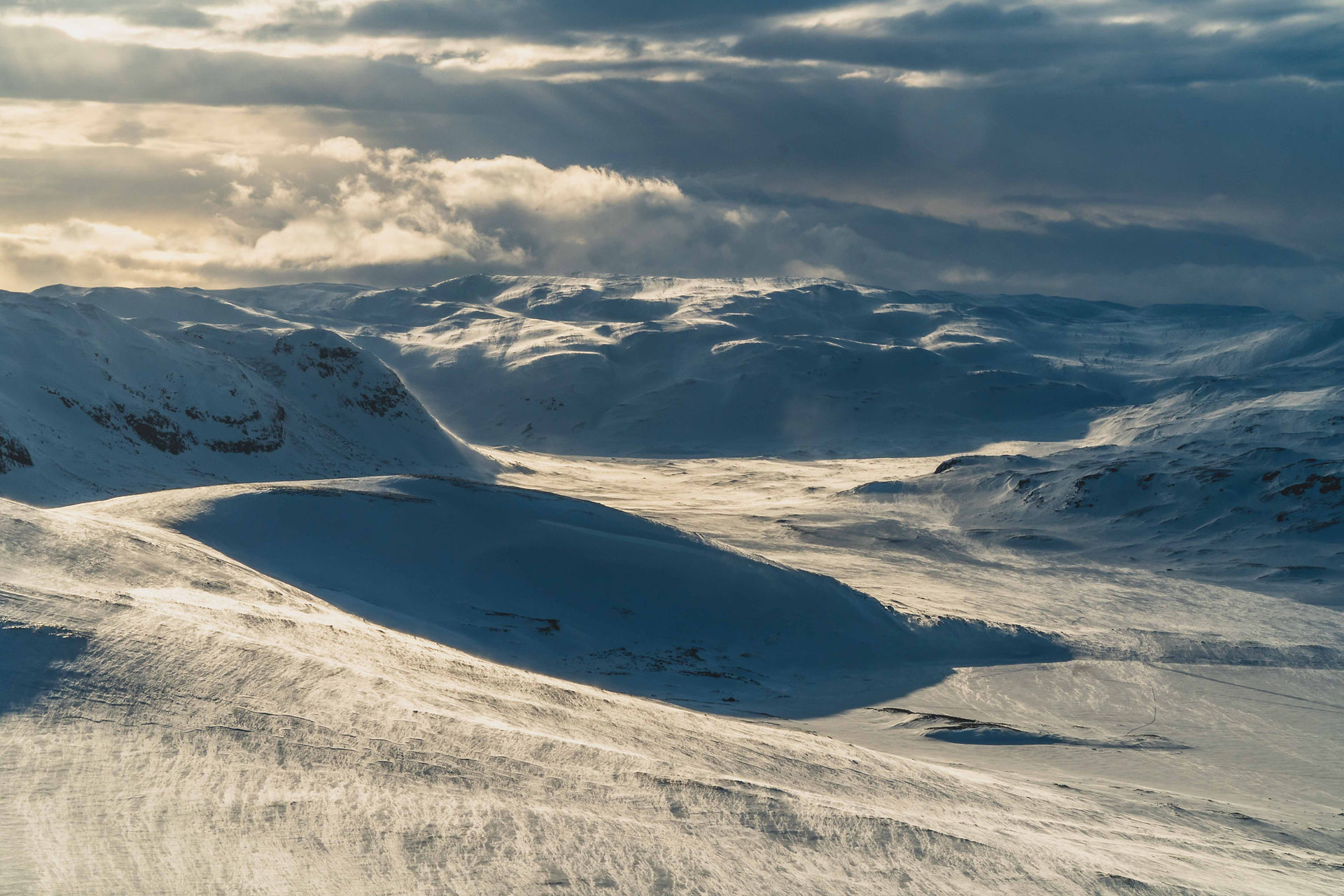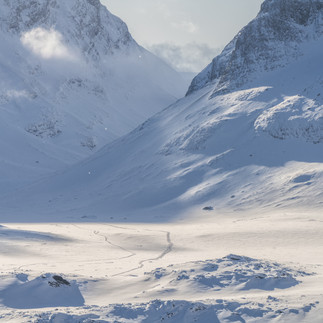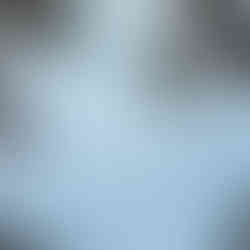- Antte Lauhamaa
- Sep 22
- 4 min read
If you’ve ever dreamed of witnessing the ethereal dance of the aurora borealis, you’re in the right place. Planning a trip to see the northern lights is no small feat. It requires a blend of timing, location, and a sprinkle of luck. But don’t worry - I’m here to guide you through the essentials with some crisp, confident advice and a few light-hearted asides. Let’s dive into the art of aurora hunting and make your dream trip a reality.
Timing is Everything: Aurora Hunting Tips for the Best Experience
First things first: when should you go? The northern lights are a winter phenomenon, but not every winter night is created equal. The best time to see the aurora is during the dark months, typically from late September to early April. This is when the nights are longest and the skies darkest.
But don’t just mark your calendar and hope for the best. Here are some practical tips to maximise your chances:
Aim for new moon phases: The darker the sky, the better the lights show. Avoid full moons that flood the sky with light.
Check the weather forecast: Clear skies are a must. Cloud cover can ruin your view faster than you can say “aurora.”
Monitor solar activity: The northern lights are caused by solar winds hitting the Earth’s atmosphere. Websites and apps like the Aurora Forecast can help you track geomagnetic activity.
Remember, patience is key. Sometimes the lights appear for just a few minutes, other times they put on a spectacular show lasting hours. Dress warmly, bring snacks, and prepare to be amazed.

Essential Gear and Preparation for Your Aurora Hunting Trip
You wouldn’t go skiing without your boots, right? The same goes for aurora hunting. Being prepared means you can focus on the magic overhead instead of battling the cold or fumbling with your camera.
Here’s a checklist to get you started:
Clothing: Layer up with thermal base layers, insulated jackets, waterproof outerwear, hats, gloves, and warm boots. Think Arctic explorer, not beach bum.
Camera equipment: A DSLR or mirrorless camera with manual settings is ideal. Bring a sturdy tripod and a remote shutter release to avoid camera shake.
Other essentials: Headlamp with a red light mode (to preserve night vision), portable power banks, and a thermos with a hot drink.
Pro tip: Practice your camera settings before you go. Night photography can be tricky, and you don’t want to miss the moment fumbling with your gear.
What is the Best Trip to See the Northern Lights?
Choosing the right trip can make or break your northern lights experience. There are plenty of options, from self-drive adventures to guided tours. Here’s what I recommend for a truly memorable journey:
Guided tours with local experts: They know the best spots, the weather patterns, and how to read the aurora forecasts. Plus, they handle the logistics so you can relax.
Stay in remote lodges or glass igloos: These offer comfort and direct access to the skies without light pollution.
Combine with other Arctic activities: Dog sledding, snowmobiling, or ice fishing add layers of excitement to your trip.
For those seeking exclusivity and safety, companies like mine provide personalised Arctic adventures. Their expertise ensures you get the most out of your northern lights adventure while enjoying the untouched wilderness of Scandinavia.

Navigating the Best Locations for Aurora Viewing
Location is king when it comes to aurora hunting. The further north you go, the better your chances. Here are some top spots that consistently deliver:
Finnish Lapland: Known for its pristine wilderness and minimal light pollution. Towns like Rovaniemi and Kakslauttanen are popular bases.
Norwegian Arctic: Tromsø is a favourite, offering urban comforts and easy access to dark skies.
Swedish Lapland: Abisko National Park boasts a microclimate that often keeps skies clear.
Iceland: Easily accessible and stunningly scenic, though weather can be unpredictable.
When choosing your location, consider accessibility, accommodation options, and additional activities. Sometimes a slightly less famous spot can offer a more intimate and uninterrupted experience.

Making the Most of Your Northern Lights Adventure
Once you’re there, how do you maximise your experience? Here are some insider tips:
Stay flexible: Weather and aurora activity can change quickly. Be ready to move or adjust plans.
Avoid light pollution: Even small towns can have streetlights that dim the show. Seek out dark spots.
Bring company: Sharing the experience with friends or fellow travellers makes it even more memorable.
Keep your expectations realistic: The northern lights are a natural phenomenon. Sometimes they’re subtle, sometimes spectacular. Either way, it’s a unique experience.
And don’t forget to simply look up and enjoy the moment. Sometimes the best memories come from just standing quietly under the sky, feeling the Arctic night around you.
Planning your perfect northern lights adventure is a thrilling challenge. With the right timing, gear, location, and mindset, you’ll be well on your way to witnessing one of nature’s most breathtaking spectacles. So pack your warmest clothes, charge your camera, and get ready for an unforgettable journey into the Arctic night.
































































